More than seven decades have passed, and today Ung Hoa is reviving in a new form: a green, smart, happy commune, contributing with the Capital to continue writing the epic poem " Hanoi is more decent, more beautiful"...
The mark of the heroic resistance war
In the early years of the national resistance war against the French, when Hanoi was engulfed in flames, the old Dong Lo land, now part of Ung Hoa commune, became a refuge for thousands of people in the capital. Almost every village had evacuees taking refuge, and every house opened its heart to welcome strangers. Among them, the two villages of Vien Dinh and Dao Xa were the most crowded and bustling, forming temporary but bustling neighborhoods...
Not only civilians, many agencies of the Central, the province and the city also evacuated here: Ministry of Health, Ministry of Interior, Ministry of Finance , Department of Popular Education, High School of the Ministry of Transport and Public Works, Hanoi City Administrative Resistance Committee; intellectuals, doctors, senior officials such as doctor Tran Duy Hung, comrade Khuat Duy Tien, comrade Le Minh, or doctors of the Ministry of Health... used to live, work, and be attached to this land like a second homeland. Ung Hoa at that time was not only the rear providing food and human resources but also the "arm of love" of the Capital during the difficult years of resistance, where human love blossomed amidst the smoke of bombs, believing in the day of independence.

At that time, the number of evacuees increased day by day, the Party Committee and the government directed the opening of new residential areas along the Nhue River dike. People in the area "shared their food and clothes", contributed labor, bamboo, wood, straw to build houses, open roads, and open markets. From Manh Tan bridge down to Keo market, Dai market - the newly formed street, bustling with people's voices, kitchen smoke, demonstrating the spirit of mutual love and support of Ung Hoa people amidst the smoke of bombs and artillery shells... The history of the Party Committee of the old Dong Lo commune and the old Ung Hoa district recorded: That street alone had more than 4,000 people living, both producing and building local combat forces.
In the ancient space of Vien Dinh communal house, Mr. Dinh Quan San, Secretary of the village Party Cell, who worked for many years in the old Dong Lo commune, recalled with emotion: More than seventy years have passed, but the affection between the people of the capital and this countryside remains intact as ever. Right here, in 1946-1947, many schools such as the College of Transport Technology also evacuated to the village communal house. The village communal house was then a place to live, a school...

Pondering over a cup of tea, Mr. Dinh Quang San told a story: The remaining old generation can be counted on the fingers. When I was still working in the commune, every year there were many groups of former students, teachers, soldiers... who had evacuated to Vien Dinh, Dao Xa... of the old Dong Lo commune (now Ung Hoa commune) who organized to visit the old place and were welcomed by the locality with duck products with soy sauce, which moved everyone... Nowadays, many of the old witnesses of the local history as well as the evacuees are all old, some have passed away, some are still alive, their eyes are dim, their limbs are weak... but the memories of the days when the army and people of the Capital evacuated to Dong Lo in the past are still intact. They are "living monuments" for the next generation to understand a loving Ung Hoa, a loving rear...
On the porch of the ancient communal house, Mr. Trinh Ba Bang, nearly 80 years old this year, leisurely set up a chess board with the old men in the village. With a gentle smile, few people know that he is originally from Hoai Duc. At that time, his unit on the march was stationed in Vien Dinh for a while. "At first, we only thought we would stay for a few days and then leave, but unexpectedly the villagers loved us so much, the women, mothers, and girls considered the soldiers as family, as their own children," Mr. Bang said emotionally.
It was from those days that Mr. Bang fell in love with the land and people here. When the country was free of enemies, he returned to Vien Dinh, met the village girl from the past, who used to bring food to the soldiers, and then they became husband and wife. From then on, he chose this place as his second hometown, started a business, built a house, raised children, built and loved this countryside as his "birthplace"...

Now, recalling the old story with a new acquaintance, he could not help but choke up: “Decades have passed, but I still see the love of the people of Ung Hoa has not changed. Back then, they shared food and clothes with the refugees, and now they open their hearts to help each other do business and build a rich and beautiful homeland. That love is the most precious asset!” The image of Mr. Trinh Ba Bang and the soldiers of the past is like a gentle pause in the heroic epic of Ung Hoa. They lived simply and quietly, but their life story is a true testament to a time of “blood and flowers” – the people’s hearts were the ramparts; each house and each communal house was the rear of the Fatherland.
As the head of Vien Dinh communal house, Mr. Duong Van Dai recalls: Through many bombs and stray bullets, Khu Chay - burned down, burned down to nothing, but fortunately, the communal house remained intact. The carved patterns, the sturdy ironwood pillars that have endured for centuries are still strong. Each line, each trace of rain and sun, each layer of moss is a silent testament to the ups and downs of not only the people of Vien Dinh village but also the people from Hanoi who evacuated here, they wrote music, studied... The communal house is a place that witnessed many dreams and footsteps of return.
Building a green, happy society and a civilized capital
Continuing the tradition of "sharing food and clothes", today the spirit of solidarity is once again lit up by the people of Ung Hoa through concrete actions in the journey of building an advanced new countryside, moving towards a modern new countryside. In Dao Xa and Vien Dinh villages, there is now a bustling emulation movement to build a bright, green, clean and beautiful homeland. The flower-filled roads stretching along the banks of the Nhue River; stone benches, rows of trees planted and cared for from the socialized resources of the people, have become the common pride of the heroic and affectionate Khu Chay area...
Self-management models such as: "Safe residential area - bright, green, clean, beautiful", "Women's association 5 no, 3 clean", "Model route" are maintained in order, creating a strong spreading power. People voluntarily preserve the environment, do not dump garbage and waste on the street; together tidy up village roads, alleys, plant trees around houses, around fields. Thousands of square meters of land are donated by Dao Xa and Vien Dinh people to expand rural and intra-field traffic. All are contributing to changing the appearance and opening the way for economic development, tourism, trade... of the locality.

Deputy Head of the Party Building Committee, Ung Hoa Commune Party Committee Pham Thi Thanh Tam shared: In the early years of the resistance war against French colonialism, Ung Hoa became one of the key areas of the capital, a refuge for thousands of people evacuated from Hanoi's inner city.
Faced with such a large gathering, the enemy repeatedly sent spies and planes to bombard the area. In mid-1947, bombs and bullets rained down on Keo market, destroying more than 20 houses and causing dozens of casualties. After that, the enemy launched a series of fierce sweeps. In Vien Dinh, there were days when the whole village held a joint memorial service for those who had fallen. However, amidst the flames of war, the spirit of mutual love and support shone even brighter. People "shared food and clothes", rebuilt their houses, took care of displaced people, and shared each handful of rice and sip of water. Party committees and authorities steadfastly clung to the land, built guardhouses, and sounded alarms from afar to protect the villagers; many villages even became the headquarters of the Ha Dong Provincial Party Committee. That tradition of patriotism, loyalty and loyalty is a priceless spiritual asset, forging the mettle of the people of Ung Hoa today...

According to Nguyen Tien Thiet, Secretary of the Party Committee of Ung Hoa Commune, from the land that used to be a resilient "white belt", Ung Hoa is rising in a new appearance: a modern, dynamic rural commune of the Capital, imbued with love. Promoting the tradition of solidarity, humanity, and steadfast will from their ancestors, the Party Committee and people of Ung Hoa are striving to build a "green - smart - happy" commune and contribute to the increasingly harmonious development of the Capital, modern with cultural depth.
Source: https://hanoimoi.vn/vanh-dai-trang-khu-chay-dam-nghia-tinh-dong-bao-719026.html





![[Photo] Prime Minister Pham Minh Chinh chairs a meeting of the Government Standing Committee on overcoming the consequences of natural disasters after storm No. 11](https://vphoto.vietnam.vn/thumb/1200x675/vietnam/resource/IMAGE/2025/10/09/1759997894015_dsc-0591-jpg.webp)
![[Photo] Prime Minister Pham Minh Chinh chairs the Conference to deploy the National Target Program on Drug Prevention and Control until 2030](https://vphoto.vietnam.vn/thumb/1200x675/vietnam/resource/IMAGE/2025/10/09/1759990393779_dsc-0495-jpg.webp)

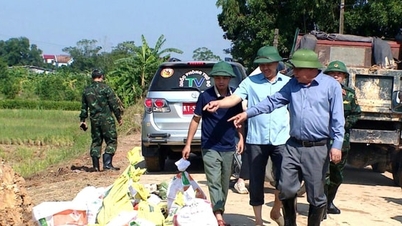


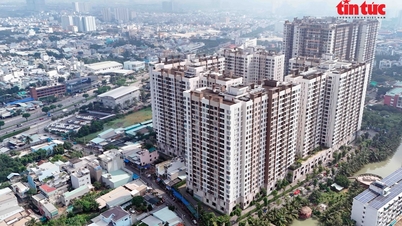

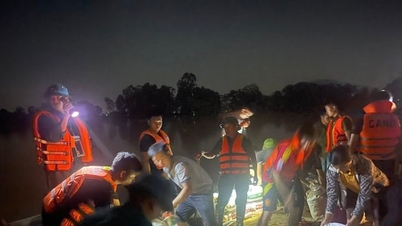


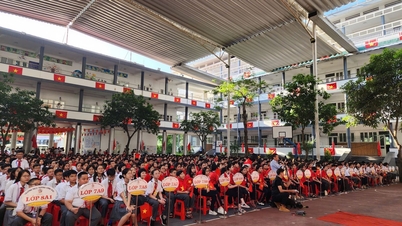
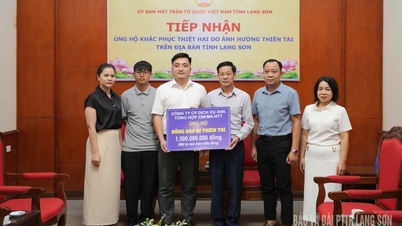



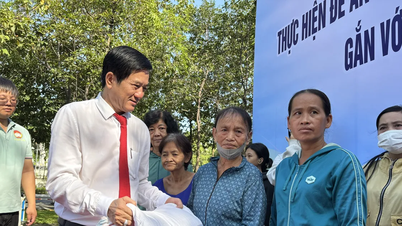

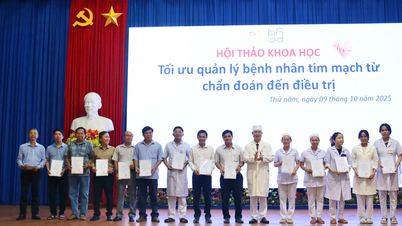

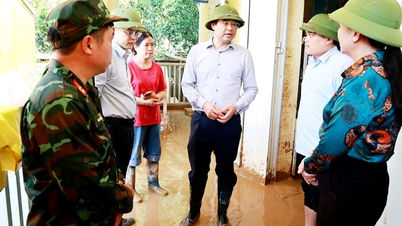






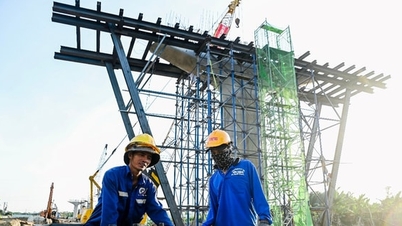
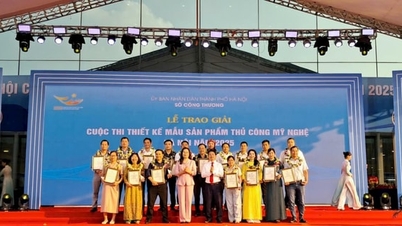
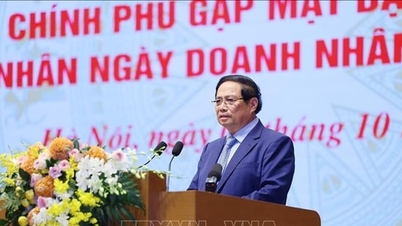
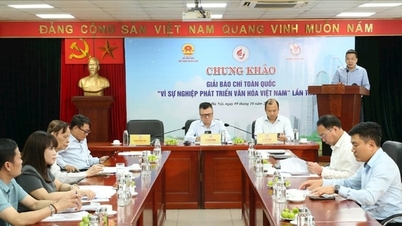




































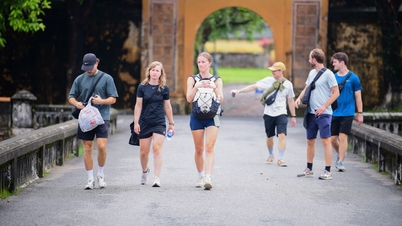




























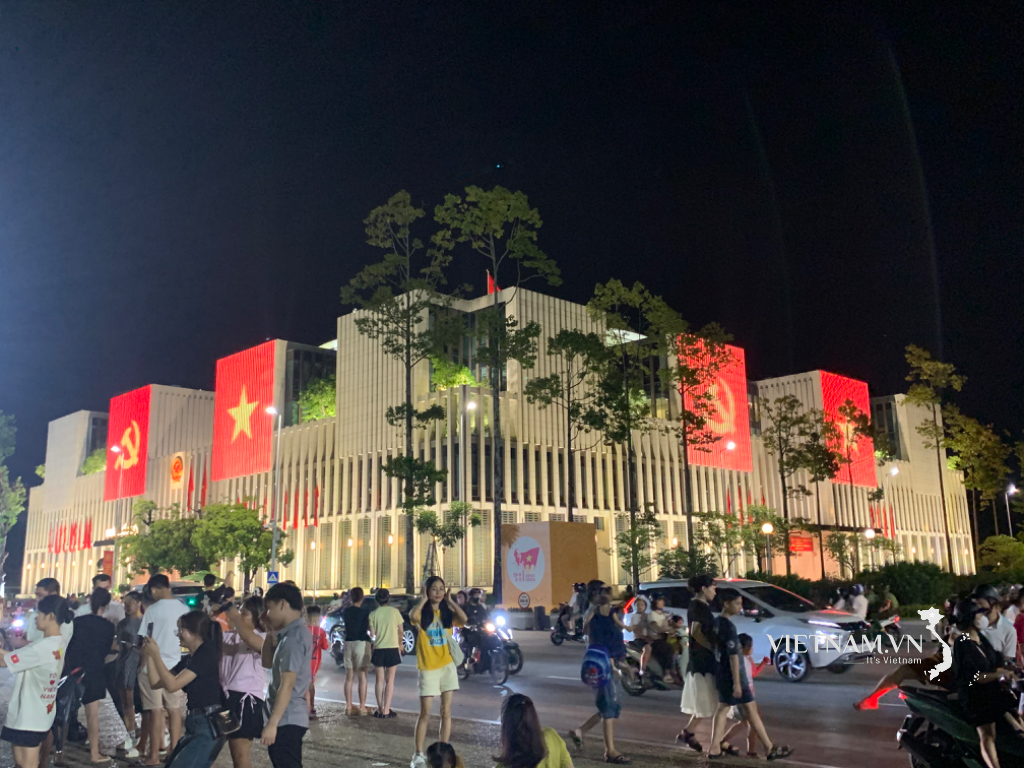


Comment (0)